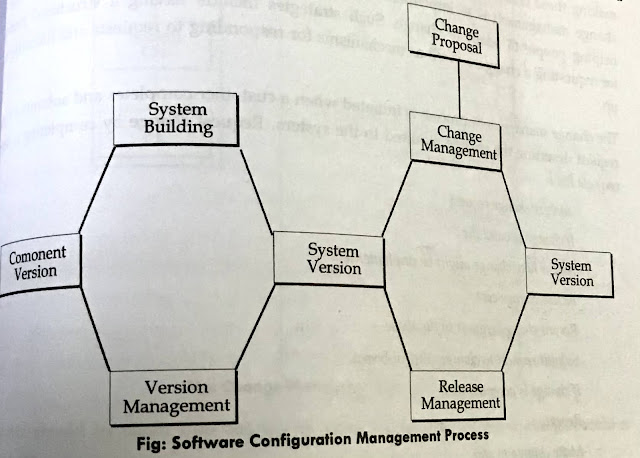What do you mean by Software Configuration Management ? Explain configuration management activities.
Software Configuration Management
- Software Configuration Management is a process to systematically manage, organize, and control the changes in the documents, codes, and other entities during the Software Development Life Cycle. It is abbreviated as the SCM process in software engineering. The primary goal is to increase productivity with minimal mistakes.
- SCM is part of the cross-disciplinary field of configuration management and it can accurately determine who made which revision.
- It is a process that concerned with the policies, processes, and tools for managing changing software systems.
- SCM helps in identifying individual elements and configurations, tracking changes, and version selection, control, and baselining.
The configuration management of an s/w system product involves four closely related activities.
1) Change management: This involves keeping track of requests for changes to the s/w from customers and developers working out the costs and impact of making these changes and deciding if and when the changes should be implemented.
2) Version management: This involves keeping track of the multiple version of system components and ensuring that changes made to components by different developers do not interfere with each other.
3) System Building: This is the process of assembling program components, data, and libraries and then compiling and linking these to create an executable system.
4) Release Management: This involves preparing s/w for external release and keeping track of the system version that has been released for customer use.




Comments
Post a Comment